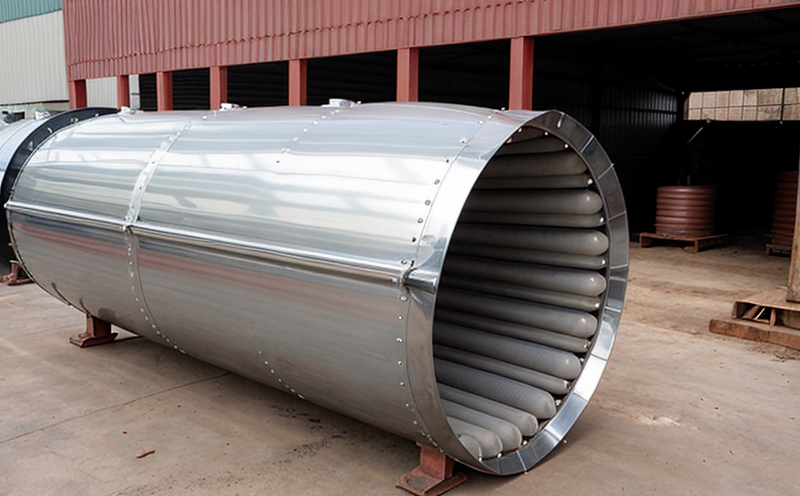Heat exchanger shell inspection
The heat exchanger shell is a critical component in numerous industrial applications where efficient heat transfer and process control are paramount. This section focuses on the comprehensive inspection techniques used to ensure the integrity, efficiency, and safety of heat exchanger shells.
Heat exchangers are widely used across various sectors including petrochemicals, pharmaceuticals, power generation, and HVAC systems. The shell is typically made from materials such as carbon steel, stainless steel, aluminum, or other alloys depending on the operational conditions and specific requirements of the application. During operation, heat exchanger shells can be subjected to high pressure, corrosive media, and thermal cycling which may lead to material degradation over time.
Regular inspection is essential to identify potential defects such as cracks, corrosion, wear, or erosion that could compromise the structural integrity and operational efficiency of the equipment. The inspection process involves a combination of non-destructive testing (NDT) methods tailored to the specific requirements of the heat exchanger shell.
Typically, this includes:
- Magnetic particle testing (MPI)
- Dye penetrant inspection (DPI)
- Eddy current testing (ECT)
- Radiographic testing (RT)
- Ultrasonic testing (UT)
The selection of appropriate NDT methods depends on the material type, thickness, and specific defect detection requirements. For instance, UT is more effective for detecting small internal cracks or corrosion in thicker shells, while MPI and DPI are often used to check surface integrity.
Inspection results are carefully analyzed against industry standards such as ASME (American Society of Mechanical Engineers) codes, ISO 9712, and EN 473. Compliance with these standards ensures that the inspection meets recognized benchmarks for quality assurance.
| Application Sector | Specific Use Case |
|---|---|
| Petrochemicals | Inspecting large storage tanks and reactors for corrosion and erosion. |
| Pharmaceuticals | Ensuring compliance with GMP (Good Manufacturing Practices) in critical process equipment. |
| Power Generation | Evaluating condensers and boilers for optimal thermal efficiency. |
Benefits
The benefits of conducting a thorough heat exchanger shell inspection are numerous:
- Enhanced safety and reliability: Detecting defects early prevents catastrophic failures that could lead to accidents or costly downtime.
- Avoidance of operational inefficiencies: Ensuring the equipment operates within optimal parameters improves process efficiency and reduces energy consumption.
- Prolonged life cycle: Regular inspections can extend the useful life of heat exchangers by identifying and addressing issues before they become critical.
- Compliance with regulations: Meeting industry standards like ASME, ISO, and EN ensures regulatory compliance and reduces legal risks.





